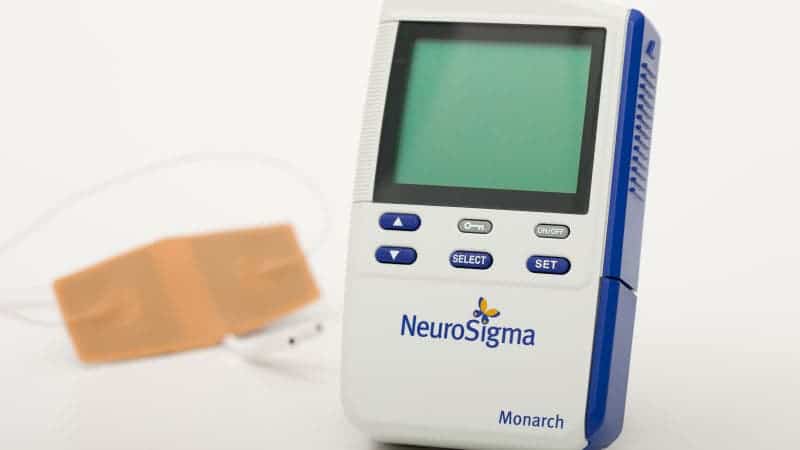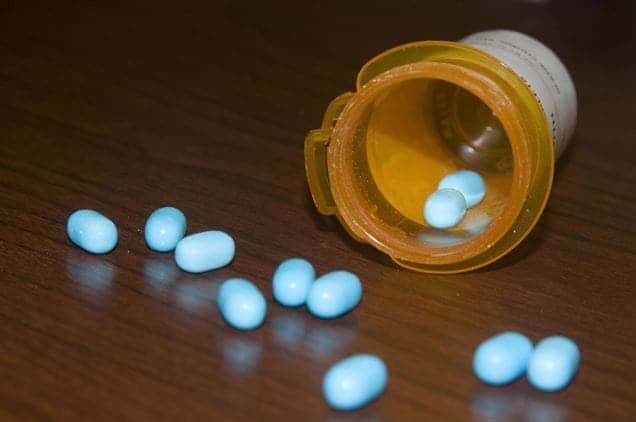
Attention deficit hyperactivity disorder (ADHD) is the most common neurodevelopmental condition in children, which often lasts into adulthood. If left unchecked, ADHD can negatively affect a child’s performance at school and relationships with parents and peers. The condition is more common among boys than girls, affecting around 1 in 20 children.
While it’s completely normal for children to be inattentive and all over the place, those with ADHD tend to behave this way more frequently for their age and can’t seem to outgrow this behavior.
ADHD can be an extremely complex condition, which can be challenging to diagnose as symptoms can overlap with other psychiatric conditions, including anxiety and depression.
What are the symptoms of ADHD?
ADHD is usually discovered during the first years in school, when a child displays obvious signs of lack of attention in class. However, ADHD can manifest differently from child to child, sometimes in ways that defy the popular notion of a restless, inattentive individual.
Psychiatrists group ADHD symptoms into three main categories.
The inattentive type display the following symptoms (children need to check six of these boxes to be diagnosed with this type of ADHD, while adults need to check five):
- Frequent careless mistakes during routine tasks at school or/and difficulty paying close attention to details.
- Difficulties staying focused on tasks or activities, such as longer reading or school lectures.
- Does not seem to listen during conversations. It seems like they’re always somewhere else with their minds.
- Difficulty following instructions and completing chores, schoolwork, or duties at work. Often, a person will start working on their tasks but would later lose focus quickly.
- Difficulty organizing tasks, managing time, and meeting deadlines.
- Avoiding or disliking tasks that require sustained mental effort, such as preparing reports and completing forms.
- A propensity for misplacing or losing items used on a daily basis, such as keys, wallet, phone, glasses, and school reports.
- Is easily distracted.
- Easily forgets about routine tasks and activities, such as homework, doing chores, returning phone calls, keeping appointments, or paying bills.
- A child with ADHD may stare into space, daydream, and ignore what’s going on around them. ADHD isn’t all about being loud and rambunctious.
Then there’s the hyperactive/impulsive type (six checkpoints for children and five for adults):
- Constant fidgeting or squirming in their seats. Often, children with ADHD can’t seem to stand still for a minute.
- Running about or climbing where it is clearly inappropriate.
- Problems playing or performing leisure activities quietly without disturbing other people. Often, this goes hand in hand with the fidgeting.
- Always “on the go” or “wired”.
- Talks too much.
- An insatiable urge to speak during conversations when it’s not their turn. For instance, blurting out answers to questions before they’ve been completely enounced or finishing other people’s sentences.
- Has difficulty waiting for his or her turn, such as while queuing in line.
- Interrupts or intrudes on others by butting into conversations, games or activities that they’re not part of, or using other people’s things without permission. Adults may take over what others are doing.
Some people with ADHD have a combination of symptoms from both types, displaying a combined presentation of symptoms.
Symptoms also change over time, so the presentation type can be altered as well as an individual ages.
For instance, adults will display many of the ADHD symptoms they had as a child, along with others they acquired over the years depending on their coping mechanisms. These may include:
- Chronic lateness and forgetfulness
- Anxiety
- Low self-esteem
- Problems at work
- Trouble controlling anger
- Impulsiveness
- Substance abuse or addiction
- Disorganized
- Procrastination
- Easily frustrated
- Chronic boredom
- Trouble concentrating when reading
- Mood swings
- Depression
- Relationship problems
Many adults with ADHD don’t even realize they have the disorder until they go through a comprehensive review of past and current symptoms.
What causes ADHD?
ADHD is a complex disorder, the causes of which are still the subject of much debate. While the exact causes and risk factors responsible for ADHD aren’t set in stone, researchers have made tremendous progress in the past decade.
Like in most disorders, genetics likely plays a major role. In 2018, an international team of researchers identified 12 different regions of DNA (a total of 304 gene variants) that are associated with ADHD.
These aren’t ‘ADHD genes’, but rather each gene variant may make a person slightly more prone to developing ADHD. The tiny risk is negligible on its own, but when you stack up all the potentially problematic gene variants, you end up with a “polygenic risk score” that can be significant. Collectively, common genetic factors accounted for approximately 22% of the risk of ADHD.
The candidate genes identified in the study play various roles, including involvement in synapse formation, speech development, learning, and the regulation of dopamine.
Besides genetics, scientists are studying other risk factors, including environmental effects during pregnancy (lead exposure, smoking) or at a young age, along with premature delivery, low birth weight, and brain injuries.
There is evidence that ADHD is caused by eating sugar, watching too much TV, living in poverty, going to a poor school, or food allergies, as some have speculated.
ADHD and addiction
While there are many people who are highly functional despite having ADHD (around 4% of the adult population in the US is estimated to have the disorder), the condition is also associated with life-long impairments in several facets of life, including educational and professional achievements, self-image and interpersonal relationships.
However, one of the darkest sides of ADHD is its propensity for addiction.
Addiction is an inability to consistently abstain, impairment in behavioral control, craving, diminished recognition of significant problems with one’s behaviors and interpersonal relationships, and a dysfunctional emotional response. From a neurological standpoint, addiction is associated with dysfunctional patterns in brain reward, motivation, memory, and related circuitry
Because dopamine neurotransmission dysfunction seems at least partially responsible for the disorder’s symptoms, ADHD often co-occurs with substance use disorders.
According to one study, ADHD is associated with a twofold increase in the risk of psychoactive substance use disorder. In addition, it is estimated that more than 25% of substance-abusing adolescents meet diagnostic criteria for ADHD. A 2004 survey found that 60% of adults with ADHD have been addicted to tobacco while 52% have used drugs recreationally.
“One of the strongest predictors of substance use disorders in adulthood is the early use of substances, and children and teens with ADHD have an increased likelihood of using substances at an early age,” Dr. Jeff Temple, a licensed psychologist, and director of behavioral health and research in the department of obstetrics and gynecology at the University of Texas Medical Branch, told Health Line.
Bearing these risks in mind, clinicians advise starting ADHD treatment as soon as possible during childhood, before a person has the chance to develop a substance use disorder during their teens or adulthood.
ADHD treatment
There is no cure for ADHD, but its symptoms can be managed with medication and/or therapy.
Generally, stimulants are prescribed in order to manage hyperactive and impulsive behaviors, as well as increasing attention span. Some of the most prescribed medication include:
- Amphetamine (Adzenys XR ODT, Dyanavel)
- Dexmethylphenidate (Focalin)
- Dextroamphetamine (Adderall, Dexedrine)
- Lisdexamfetamine (Vyvanse)
- Methylphenidate (Aptensio, Cotempla, Concerta, Daytrana, Jornay, PM, Metadate, Methylin, Quillivant, Ritalin)
Medication should be used in conjunction with therapy meant to lead to long-lasting changes in behavior. This may include special education, behavior modification therapy, psychotherapy, and social skills training.
In addition, having a healthy lifestyle can make it easier for children to deal with ADHD symptoms. This may include:
- Developing healthy eating habits such as eating plenty of fruits, vegetables, and whole grains and choosing lean protein sources
- Exercising regularly based on age
- Limiting the amount of daily screen time from TVs, computers, phones, and other electronics
- Getting the recommended amount of sleep each night based on age
Bottom line: there is still so much we don’t know about ADHD, but it is certainly possible to live a normal and happy life despite having the disorder, as long as patients are careful to manage their condition and ask for proper help.






